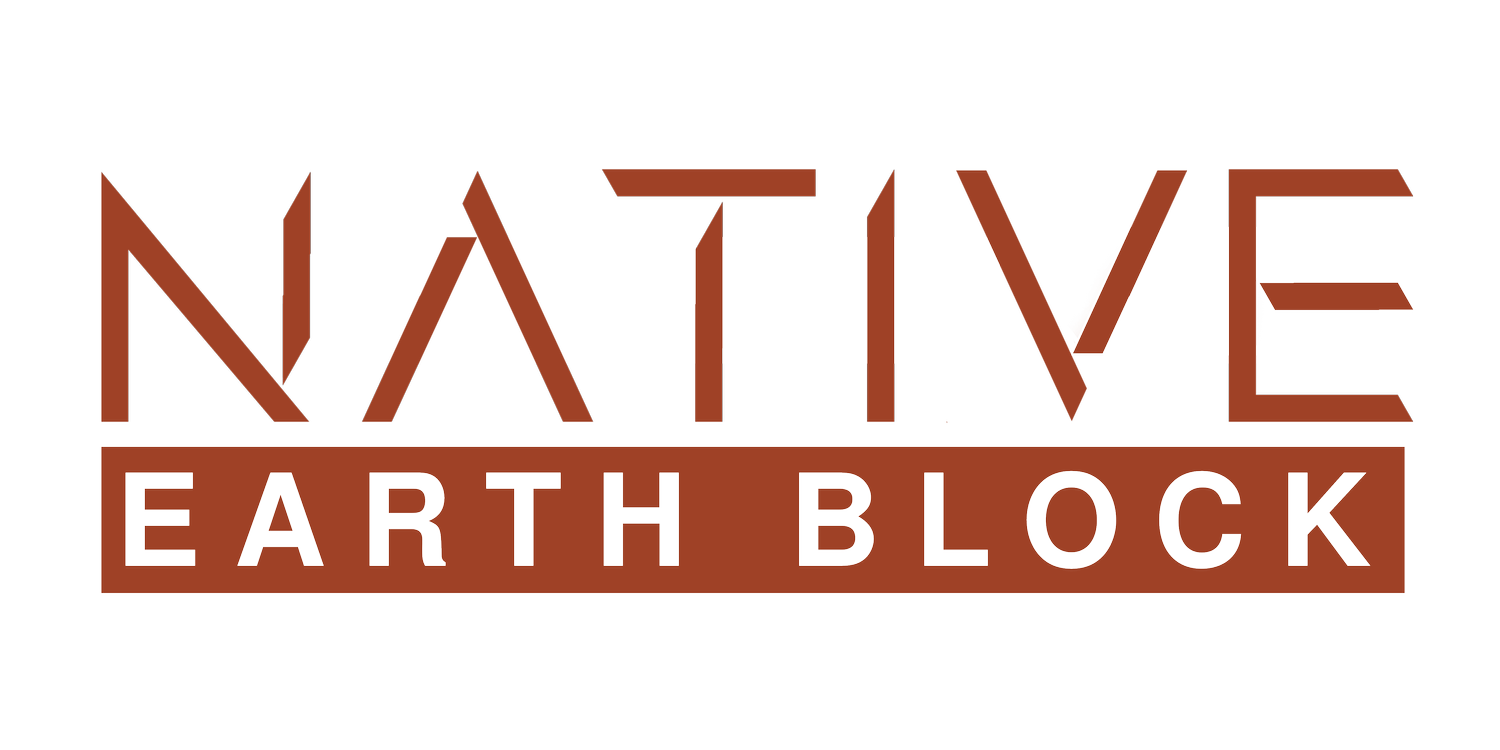Pioneers in Regenerative Design and Circular Ecosystems
In an era where environmental consciousness and sustainable practices are paramount, innovative solutions in construction are emerging to meet the demands of a greener future. Among these pioneering solutions are Native Earth Blocks, commonly referred to as CEBs. Native Earth Blocks, made from natural, local materials, are gaining recognition as leaders in regenerative design. These sustainable building blocks not only reduce the carbon footprint but also actively participate in circular ecosystems, making them a key player in sustainable construction. In this blog post, we'll explore how CEBs contribute to regenerative design and why they are being hailed as the future of sustainable building.
CEBs and Regenerative Design
Regenerative design goes beyond sustainability; it aims to restore, renew, and revitalize ecosystems while meeting human needs. CEBs align perfectly with this ethos, as they are created using raw materials that can be easily replenished, making them a renewable resource. Clay, sand, and straw are abundant in nature and have a minimal impact on the environment when sourced responsibly. CEBs embrace the principles of regenerative design by ensuring that their production has a net positive impact on the environment.
Circular Ecosystem Participation
The concept of a circular economy involves minimizing waste and maximizing the use of resources. CEBs fit seamlessly into this philosophy. Here's how:
Minimal Waste: The manufacturing process of CEBs produces minimal waste. Excess materials can be recycled or returned to the earth without harming the environment. Unlike traditional construction materials like concrete or steel, CEBs do not involve resource-intensive processes that generate substantial waste.
Longevity and Reusability: Native Earth Blocks are known for their durability. Structures built with CEBs have a longer lifespan, reducing the need for frequent renovations or replacements. Additionally, CEB buildings can be disassembled, and the blocks can be reused in other projects, promoting a circular approach to construction.
Energy Efficiency: CEBs exhibit excellent thermal mass properties, which contribute to energy efficiency in buildings. Their ability to regulate temperature reduces the need for excessive heating or cooling, further conserving energy and resources.
100% Recyclability
One of the standout features of CEBs is their 100% recyclability. When a CEB structure reaches the end of its life cycle, the blocks can be easily crushed and returned to the earth without causing harm to the environment. This level of recyclability ensures that CEBs do not contribute to the accumulation of construction waste in landfills, a significant problem associated with traditional building materials.
Native Earth Blocks, with their regenerative design principles and active participation in circular ecosystems, are at the forefront of sustainable construction. Their ability to be recycled, coupled with their low environmental impact during production, makes them an ideal choice for environmentally conscious builders and architects. As we strive for a more sustainable and regenerative future, CEBs are proving to be a crucial component in reshaping the construction industry towards a greener and more eco-friendly direction. By choosing CEBs, we take a significant step towards a world where our built environment aligns harmoniously with the natural world.

